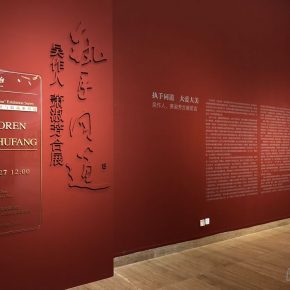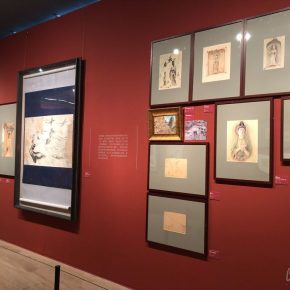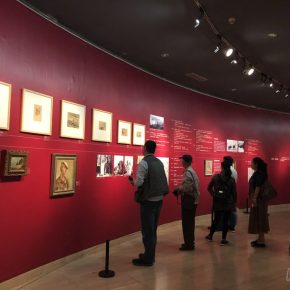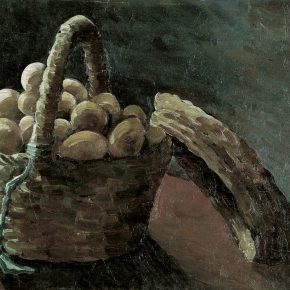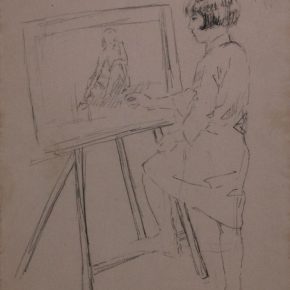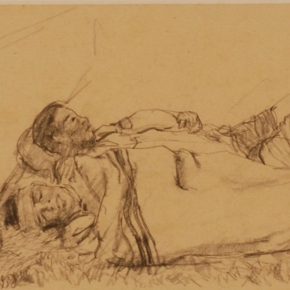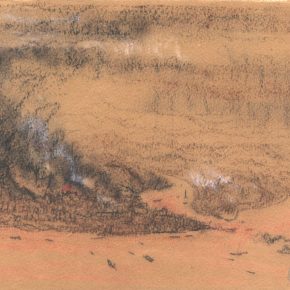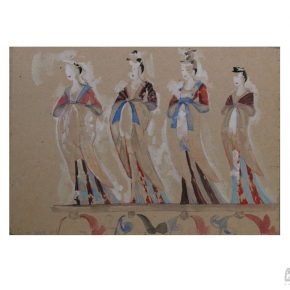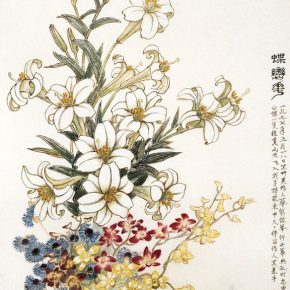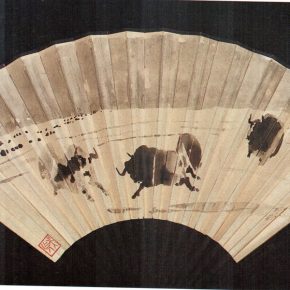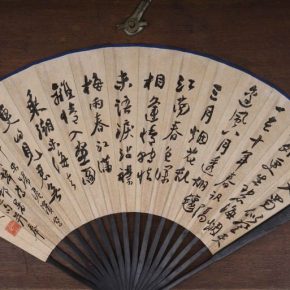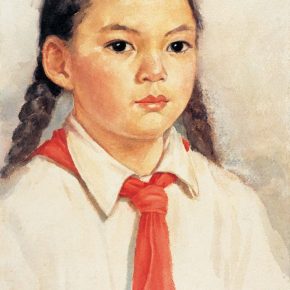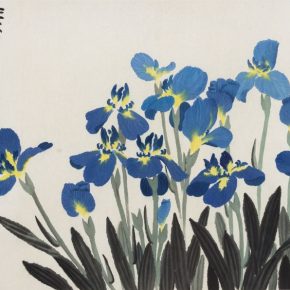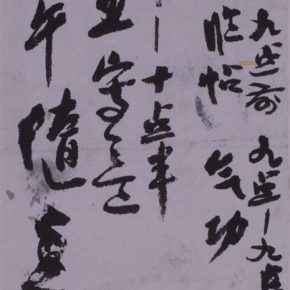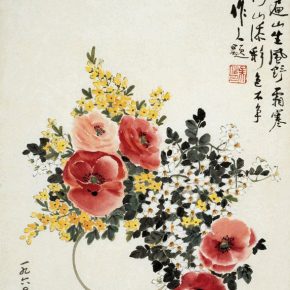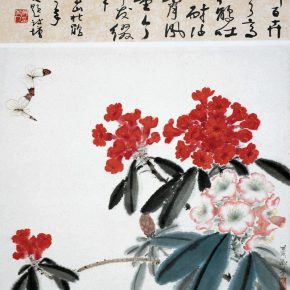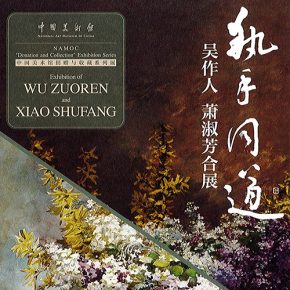
On September 21, 2018, the Exhibition of Wu Zuoren and Xiao Shufang hosted by the National Art Museum of China, the Chinese Artists Association, the Central Academy of Fine Arts, and the Wu Zuoren International Fine Arts Foundation opened at the National Art Museum of China. The exhibition focused on the mutually reflective relationship between Wu Zuoren and Xiao Shufang, thus demonstrated their creative experience, the mind and vision of their generation of masters, as well as a harmonious family life. Through nearly three hundred exhibits, the exhibition explored the process of their transition from their own development to a period of mutual support through the ups and downs and intersections.
The main line of the exhibition was based on four sessions: “Enrolled in School, First Encounter (1908/1911-1929)”; “The Same Path, Without Seeing Each Other (1930-1946)”; “Reunion, and Becoming Unity (1946-1948)”; “The Same Path, with Various Performances (1946-1948)”.
Although on the path to art, different personalities, talent, and gender make their art different. Wu Zuoren was born in Suzhou, Jiangsu Province. In his early years, Wu Zuoren learned realistic oil paintings from the famous Belgian painter Barth, and inherited his concept of “taking society as a studio”. He always created a work that was independent from real life and expressed human sentiment. In the 1940s, he followed the creative proposition of Mr. Xu Beihong, consciously searching for the logical relationship that may be formed between Western painting and Chinese traditional art, and built a bridge that leads to the mutual infiltration and integration of ancient and modern Chinese and Western art. From the visual system of Dunhuang Art, Mr. Wu borrowed magnificent colors, unique chapters and creative combinations to inspire his own color setting and modeling principles. In his eyes, Dunhuang is not a stylistic existence, but a living realistic object. Mr. Wu Zuoren’s Chinese paintings were later than his Western paintings. Therefore, he largely used the modeling skills trained in early Western paintings to shape the objects, not only vivid, but also more interesting.
Xiao Shufang was born into a family of the Republic of China, and her family belonged to the founding heroes of the Revolution in 1911. In her early years, Xiao studied at the Beiping Art College and the Art Department of the Central University where she studied traditional literati paintings. After studying in the West, she traveled around the world and exchanged ideas with local fellow artists. Among the themes created by Ms. Xiao, flowers were the most common and her artistic level was the highest. The tranquility of the orchids, the richness of the peony, the purity of the lotus, the faint detail of the lotus, the beauty of the tulip, the warmth of the primrose, the beauty of the azaleas, all of them conveyed the beautiful feelings of the humankind to the world. The flower created by Ms. Xiao has a simple visual form. On a blank background, the gestures of different objects are expressed by a combination of agile color blocks and dotted lines. There is “color” in “emptiness” and “emptiness” in “color”. Like a stream flowing between the canyons, it is clear and pure, with a long remained charm. The flowers created by Ms. Xiao have greatly enriched and sublimated the color of traditional flower paintings.
From separation to reunion, Wu Zuoren and Xiao Shufang spent 16 years apart; from reunion to walking on the same path, they shared the rest of their lives. In 1946, the “Shanghai Art Authors Association’s First Joint Painting Exhibition” was held in Shanghai. At the exhibition, Wu Zuoren and Xiao Shufang reunited after 16 years. On June 5, 1948, Xu Beihong tied the knot for Wu Zuoren and Xiao Shufang at the wedding ceremony. Although they were husband and wife, they were all great painters who have painted history. Xiao Shufang was never attached to her husband’s theme and style. Her style of painting has nothing to do with Wu Zuoren.
As Fan Di’an, President of the Central Academy of Fine Arts, delivered a speech at the opening ceremony of the exhibition: “There has been a tremendous change in today’s era, but the cultural ideals of Mr. Wu Zuoren and Ms. Xiao Shufang’s study and art, and the artistic style of excellence are all we should uphold and carry forward. Such an exhibition and the participation of so many senior professors and senior artists in academic activities is the best embodiment of inheriting traditions.”
Text edited by Yang Zhonghui and Sue/CAFA ART INFO
Photo Courtesy of the Organizer.


